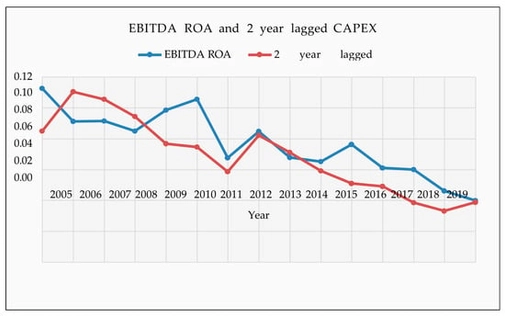- Article
Assessing the Impact of Capital Expenditure on Corporate Profitability in South Korea’s Electronics Industry: A Regression Analysis Approach
- Bomee Park and
- Tetiana Paientko
This study investigates the relationship between capital expenditure (CAPEX) and long-term corporate profitability in South Korea’s electronics industry. Using panel data from 126 listed electronics firms covering 2005–2019, the research applies fixed-effects regression analysis to examine how CAPEX influences profitability, measured by EBITDA/total assets. The results confirm that CAPEX exerts a positive and statistically significant long-term effect on profitability, with stronger but not significantly different impacts for large firms compared to SMEs. The findings contribute to empirical evidence on capital investment efficiency and the implications of economies and diseconomies of scale in capital-intensive industries.
10 December 2025



